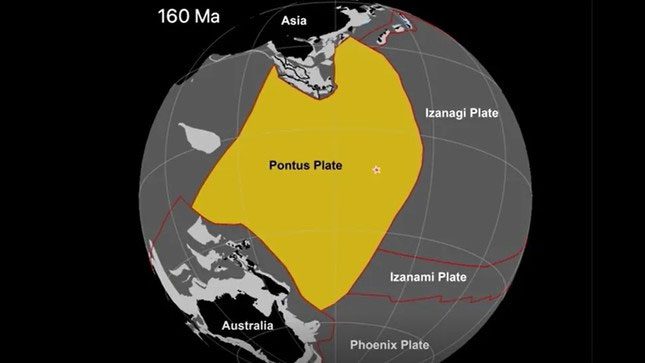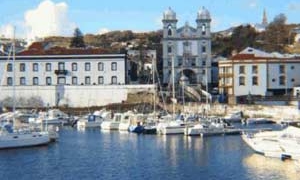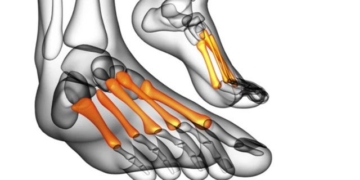A long-lost tectonic plate known as “Pontus” in the South China Sea, measuring one-quarter the size of the Pacific Ocean, has been serendipitously discovered by scientists while studying ancient rocks in Borneo.
This plate was only known from a few rock fragments in the Borneo mountain region and the eerie remnants of a colossal slab found deep within the Earth’s mantle. It once covered an area equivalent to a quarter of the Pacific Ocean. Scientists refer to it as “the Pontus plate” because, at the time of its existence, it lay beneath an ocean called the Pontus Ocean.

The Pontus plate disappeared about 20 million years ago and has now been rediscovered by scientists. (Photo: Van de Lagemaat et al.)
Suzanna van de Lagemaat, a doctoral researcher at Utrecht University in the Netherlands, stated: “It is astonishing to find remnants of a land we were completely unaware of.”
Van de Lagemaat and her colleagues were initially studying the Pacific Plate beneath the Pacific Ocean. Tectonic plates continuously move against each other, and the oceanic plates are denser than continental plates, causing oceanic plates to be pushed beneath continental plates in a process known as subduction and ultimately disappear. However, sometimes, rocks from a lost plate are incorporated into mountain-building events. These remnants can indicate the location and formation of ancient plates.
Van de Lagemaat explained that scientists can examine the magnetic properties of rocks to understand when and where they were formed. The magnetic field surrounding the Earth is “locked” into rocks as they form, and that magnetic field changes with latitude. However, researchers discovered something unusual when analyzing the rocks they collected in Borneo.
Van de Lagemaat noted: “This latitude does not match the latitude we have from other plates we already know.”
To clarify the mystery, Van de Lagemaat used computer models to investigate the geology of the region over the past 160 million years. The reconstruction of the plate revealed a discrepancy between what is now southern China and Borneo – an ocean once thought to be reinforced by another ancient plate called the Izanagi Plate actually did not exist in that area. Instead, the Borneo rocks filled that mysterious gap.
The researchers discovered that this location was actually occupied by a previously unknown plate, which Van de Lagemaat and her team named the Pontus Plate.
The reconstruction, published in the journal Gondwana Research, indicates that the Pontus Plate formed at least 160 million years ago, but it may be much older. (The rock samples collected in Borneo are dated to 135 million years ago.) It was once very large but gradually shrank over its existence, ultimately being pushed beneath the tectonic plate of Australia to the south and China to the north, disappearing about 20 million years ago.
Decades-long research from similar laboratories also showed signs of the Pontus Plate. This study examined images of the Earth’s mantle, the layer where subducted crust ends. It revealed a massive crustal slab of unknown origin, but scientists at that time had no way to determine where it came from. Van de Lagemaat stated that now it is clear this crust is the remnant of the Pontus Plate.


















































